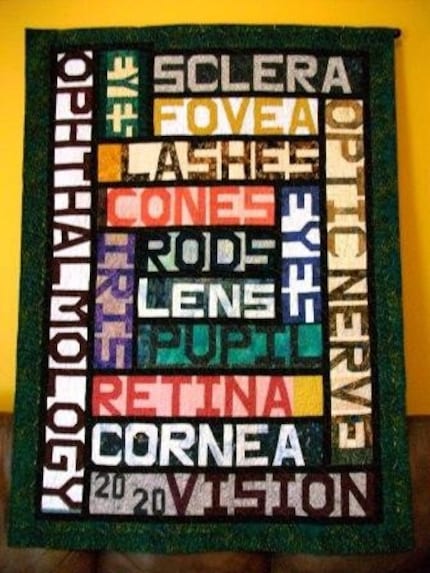Uvealblues
Sikhism, which emerged in the Punjab region of India in the 15th century, strongly rejects the notion of caste, which lies at the core of Hinduism.
The Golden Temple, a giant complex of marble and glittering gold that sits at the heart of this sprawling, hectic city near the border with Pakistan, seeks to embody this principle. Nowhere is it more evident than in the community kitchen, where everyone, no matter his religion, wealth or social status, is considered equal.
Guru Amar Das created the community kitchen during his time as the third Sikh guru in the 16th century. Its purpose, he said, was to place all of humanity on the same plane. At the temple’s museum, one painting shows the wife of one of the gurus serving common people, “working day and night in the kitchen like an ordinary worker,” the caption says.
Volunteerism and community support are other central tenets of Sikhism expressed in the langar. When the Mughal emperor Akbar tried to give Guru Amar Das a platter of gold coins to support the kitchen, he refused to accept them, saying the kitchen “is always run with the blessings of the Almighty.”









